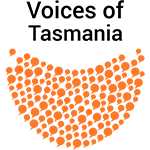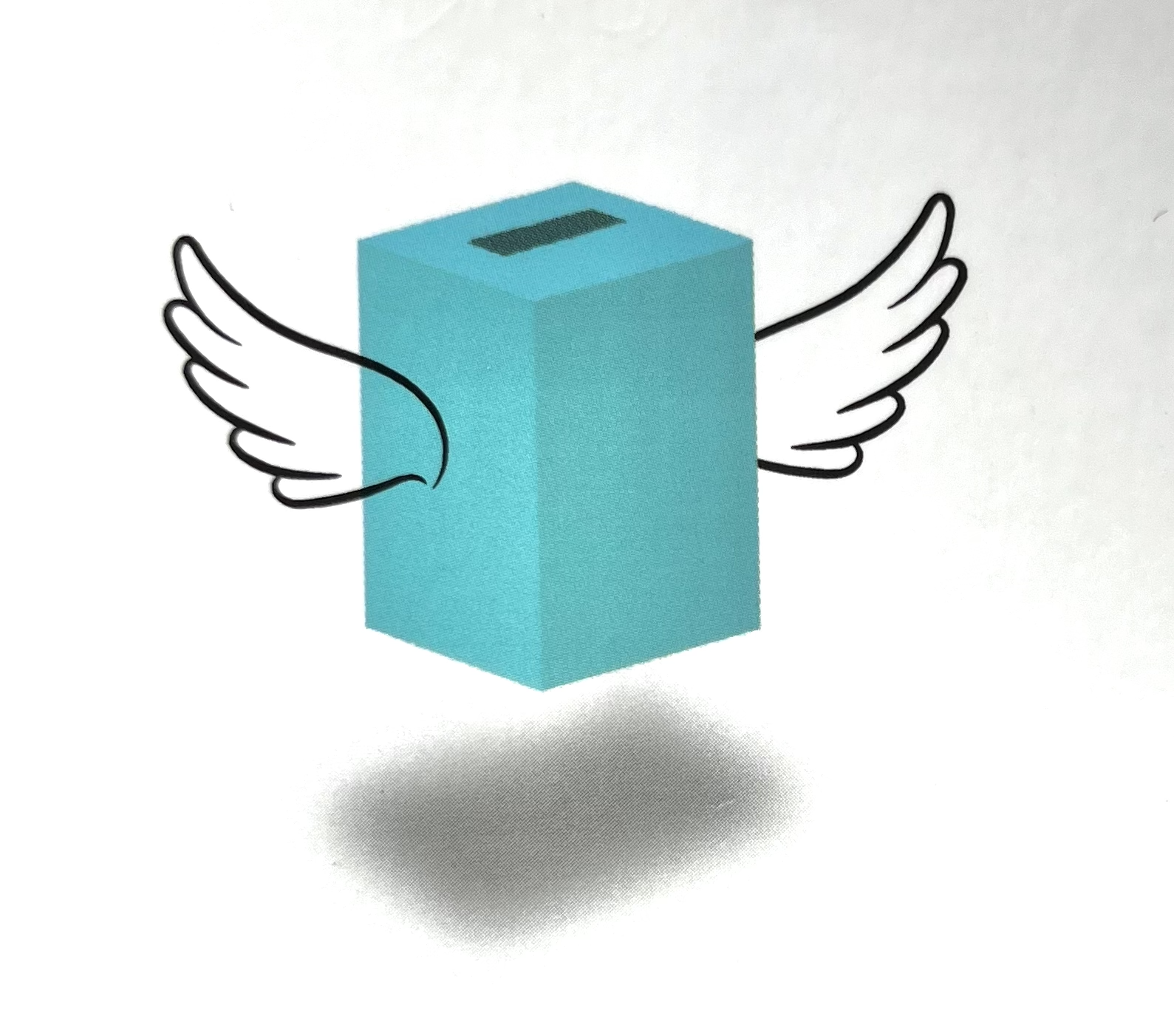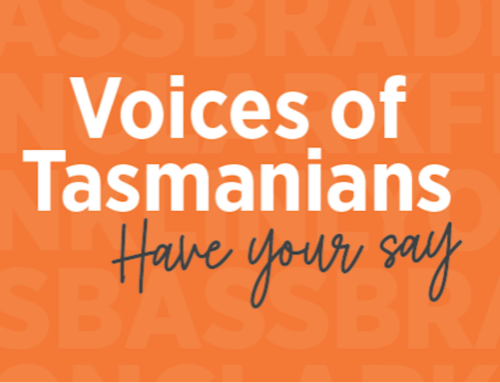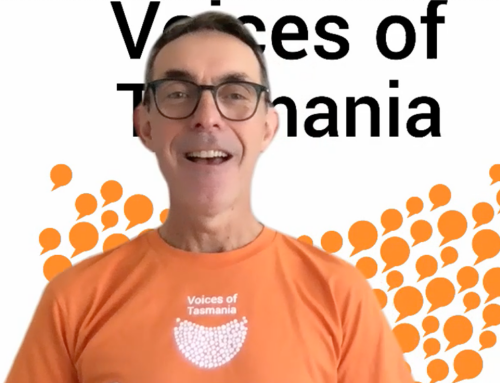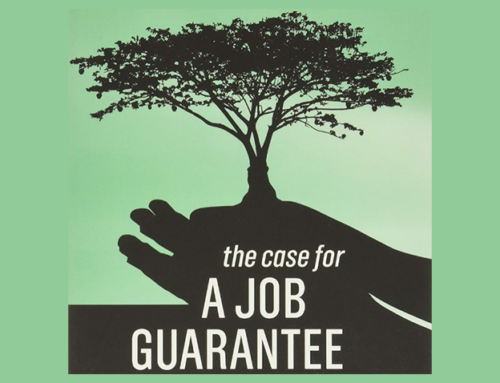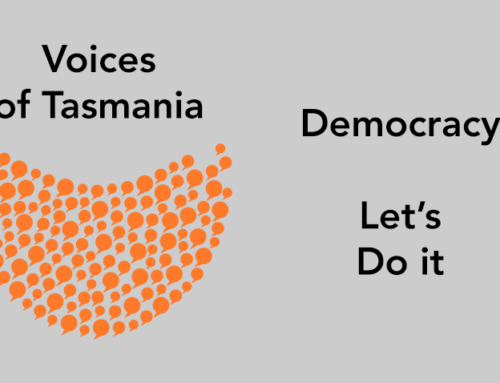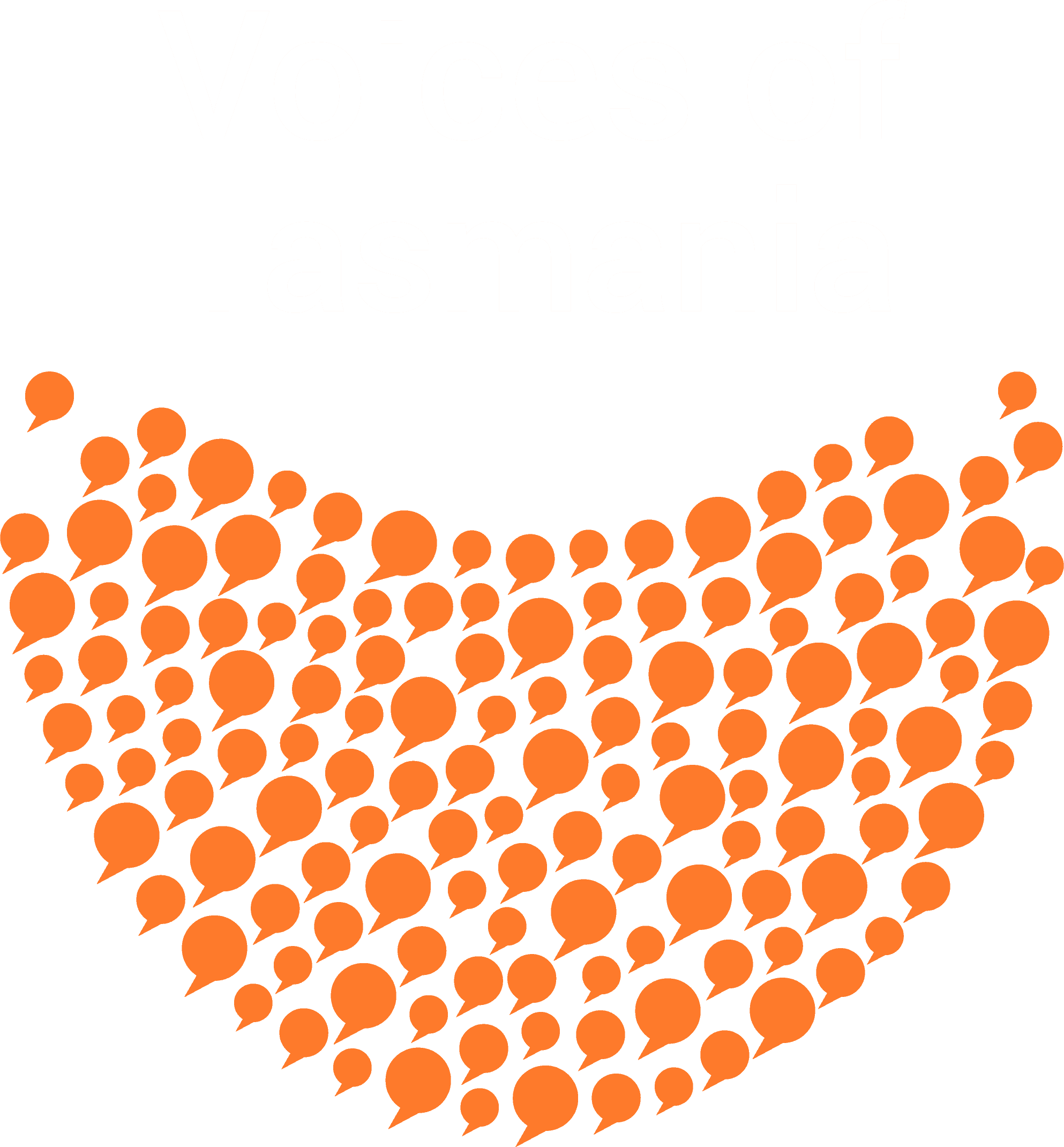Two proven ways to regenerate ‘the voice of the people’
By Stephen Williams
Central to the Voices movement is the belief that voters should have more say in how we are governed compared with the present. This is usually called ‘participatory democracy’ or ‘direct democracy’.
Voting at elections, depending on the precise rules, is often compromised because wealth and power can give some candidates and parties an unfair advantage. Then, post-election, the common experience of being sidelined by our elected representatives and their political parties is hardly ideal. Creating petitions is good in theory but is usually ineffective in practice.
In fact, this has been a wicked problem for centuries. In the eighteenth century, Jean-Jacques Rousseau, one of the forefathers of modern political thought, wrote in his book The Social Contract (1762), “The people of England deceive themselves when they fancy they are free; they are so, in fact, only during the election of Members of Parliament: for, as soon as a new one is elected, they are again in chains, and are nothing.”
Two ways that Voices of Tasmania advocate to increase political participation are (i) citizen juries (assemblies) and (ii) plebiscites and referendums. Other ways, including direct citizen voting on parliamentary bills, as advocated by the former Flux party and writers like Richard Walsh in his book Reboot(2017), are not considered here but are worthy of further discussion.
Citizen juries (assemblies)
Citizen juries work by randomly selecting a group of citizens (maybe 30 to 40, or even more) to decide an issue after providing them with all the relevant evidence they want, including information from independent experts. This is not unlike a courtroom jury except in criminal cases in Australia there are strict rules about what evidence the jury can hear. The citizens jury would be more like a Royal Commission where it is easier to hear all the relevant evidence. The precise mechanism has varied from jurisdiction to jurisdiction, including the number of jurors, the time given to them to deliberate (maybe 40 hours), and what level of a majority would be needed to reach a verdict (maybe 80%). The general workings of this system are provided on the newDemocracy Foundation website.
The website tells us that the concept of citizen juries was formed in the early 1970s and that they have been used in Australia and around the world. It claims there are more than 1,100 case studies on how they work. The basic idea is that such a jury will tend to make a better decision on certain issues – the so-called ‘wisdom of the crowd’ – rather than elected politicians or public servants. The decision of the jury may be used to advise governments when they make a certain decision rather than oblige governments to do things, although that could vary from case to case.
The jury/assembly concept is part of the broader concept of deliberative democracy and would presumably cost less than referendums and be less susceptible to misinformation and disinformation, mass advertising and sectional-interest propaganda – as we have seen so powerfully in the 2023 Voice to Parliament referendum.
Referendums and plebiscites
I will use the term plebiscite to refer to a ballot of all voters in a jurisdiction that does not affect the constitution. It would typically have no binding force on a government. A referendum, on the other hand, is a binding vote to change the constitution. The Australian government’s Parliamentary Education Office has some basic information on these kinds of ballots at its website.
For instance, there were two national plebiscites, in 1916 and 1917, on whether conscription was a good idea. In both cases the answer was “no”. In 1977 we were asked what we preferred as our national anthem (‘Advance Australia Fair’ won) and in 2017 there was a postal survey about same-sex marriage. The latter examples were not necessarily plebiscites depending on your precise definition.
Plebiscites – sometimes called ‘policy referendums’ as distinct from ‘constitutional referendums’– are more frequent at the state level. Questions have included preferred closing times for alcohol sales, and whether daylight saving should be kept or extended.
As long as the question put to voters is not biased in favour of a certain outcome, we can conclude that a properly run referendum or plebiscite is the most accurate survey we can do of the electorate. In many cases there would need to be some education before a vote, with a fair and balanced explanation of the for and against cases. This may well be easier with experience and regulation.
While all things have their pros and cons, and not all questions may be appropriate for the public to answer, these kinds of ballots are likely to represent a strengthening of democracy and are therefore aligned with the philosophy of the Voices movement and participatory democracy.
A 2019 article from The Guardian tells us that referendums and plebiscites have been increasing in number around the world since the 1970s and that they are very common in some nations, especially Switzerland, where they can typically be held four times a year. There are too many examples of referenda worldwide to list here, although many readers may remember the 2018 Irish vote on abortion. Interestingly, Ireland has a referendum about every two-and-a-half years.
A 2022 article from The Conversation tells us that about a third of Australian plebiscites at the state level have passed, in contrast to the difficulty of getting a federal constitutional referendum to pass. And do Australians want more of them? Again, from The Conversation: “Australians are generally in favour of the idea. In research conducted for the Australian Constitutional Values Survey (ACVS) in 2017, my colleagues and I found more than 80% of respondents gave ‘in principle’ support for direct democracy”.
Importantly: “The case for a policy referendum [plebiscite] is arguably stronger when the proposal concerns basic governing arrangements – think statehood or some electoral laws – or contentious social issues. It will be weaker when the proposal is highly technical or could endanger minority rights.”
In conclusion, forms of participatory and direct democracy such as citizen juries and plebiscites are increasing in frequency worldwide. Australia, and more specifically Tasmania, is sorely in need of democratic renewal. With proven models elsewhere, this is a path we could immediately take if there was political will and citizen activism. The trick will be in deciding which policy and constitutional issues are most in need of such democratic decision-making.
Further reading:
https://theconversation.com/letting-the-people-decide-should-australia-hold-more-referendums-178145
[ends]
